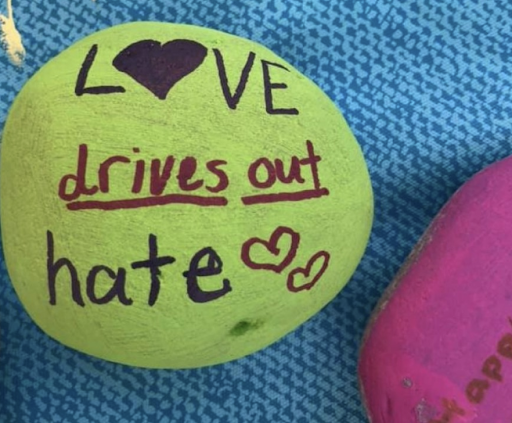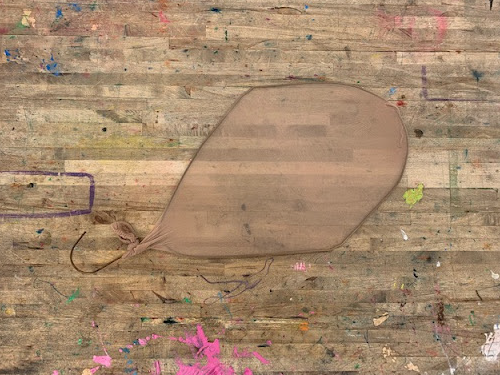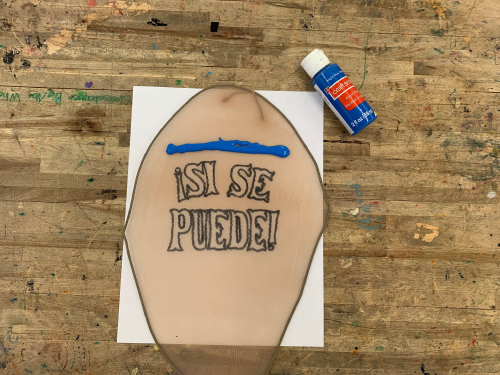Explore Latinx activists and their causes. Inspired by the difference these activists have made in the world, identify a message or cause close to your own heart and create a plan to spread that message.
maker playground
speaking out against hate | all ages
explore
Latinx activists take a stand against hate and injustice, targeting causes that are specific to the Latinx community, as well as those that intersect with other identities and cultures.
Here are just a few examples:
- Dolores Huerta is a feminist activist who fought to improve the standard of living of farm works, co-founded the United Farm Workers Union, and founded the Dolores Huerta Foundation. She continues to fight for social justice at 91 years old.
- Cesar Chavez was Dolores Huerta’s partner in founding the United Farm Workers Union. He dedicated his life to the fight for farm workers’ rights, winning important victories that increased pay and improved working conditions.
- The Mendez Family fought school segregation in California in 1946. Eight years before Brown v. Board of Education, Mendez v. Westminster challenged separate schools for Mexican American children, leading to the integration of California’s schools, making it the first state to end school segregation.
- Sage Grace Dolan-Sandrino’s lack of support from her high school when she came out in 2013 led her to fight for transgender students and found Team Mag, a digital magazine to help trans people share their stories.
- Ramón Contreras co-founded Youth Over Guns, an organization that promotes solutions to end gun violence in Black and Latinx communities, after the loss of a friend.
- Sylvia Rivera was a transgender icon and activist who is well known for her participation in the Stonewall riots of 1969, an event that revolutionized the gay rights movement. Her legacy has led to the Sylvia Rivera Law Project, an initiative working towards justice for the trans community.
- Roberto Clemente was a Hall of Fame baseball player, but he was also a philanthropist and activist for equality. This work continues today through the Roberto Clemente Foundation.
Sophie Cruz took her fight for immigration reform straight to the Pope at the age of five; then she took it to the Women’s March, the Supreme Court, and President Barack Obama.

imagine
These groundbreaking Latinx activists identified problems around them and worked to spread awareness, ultimately creating change. Reflect on your own community, identify a message you want to share that could change the world, and create a plan to spread the word!
- What problems, inequities, or injustices do you see or experience? What causes or movements are you passionate about?
- What images, words, or phrases best express your ideas? How can you combine these elements in a thought-provoking way?
- How will you share your message with the world?
Need more inspiration? Check out this video to see how the Oakland-based graphic arts collaboration Dignidad Rebelde uses printmaking to support important Latinx social and political movements.
create
Now it’s time to spread the word! There are many ways to communicate your ideas with a wide audience. Here’s a fun and creative way to do so: screen printing your message using materials you may already have at home., Screen printing is a method of creating printed designs where ink or paint is pushed through a mesh screen onto fabric or paper, and it has a long history with Latinx activism.
- Gather your materials: wire hanger, pantyhose, paper, cardboard, glue, acrylic paint, paintbrush, marker.
- Bend your wire hanger into an oval shape, stretch the pantyhose over the oval, and tie the pantyhose at the neck of the hanger to stretch the material tightly over the wire frame.
- Draw or trace your design onto the pantyhose screen with a dark marker. Then lay your screen over a piece of paper and paint glue everywhere you do not want color to come through in your print. Peel your screen off the paper and hang it to let the glue dry.
- Place your screen on paper or fabric where you want the design to be printed. Squeeze a thick line of paint along one edge of your design. Then use your cardboard to spread the paint over the design and push it through the screen.
- Peel up your screen to reveal your print!
Whatever message and communication combo you choose, send your ideas to us at socialmedia@kid-museum.org. Let’s make change together!








